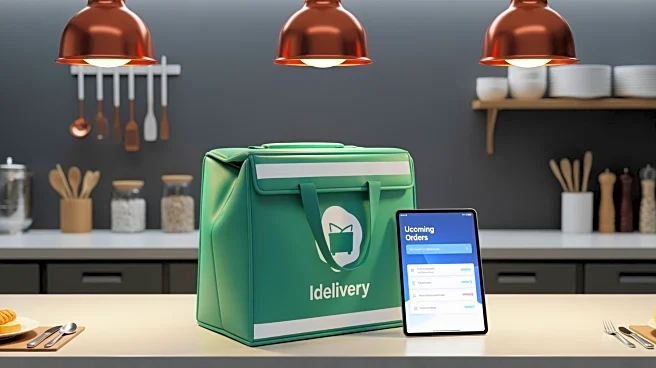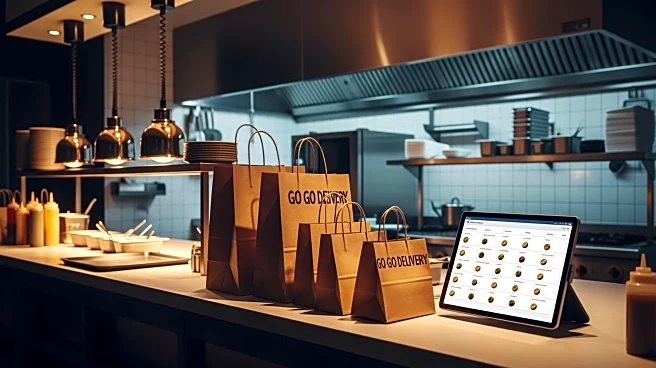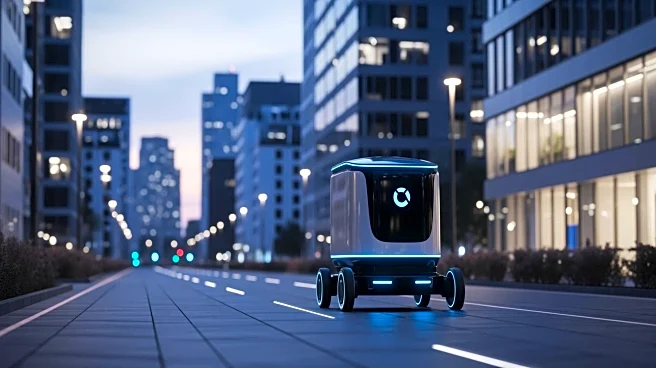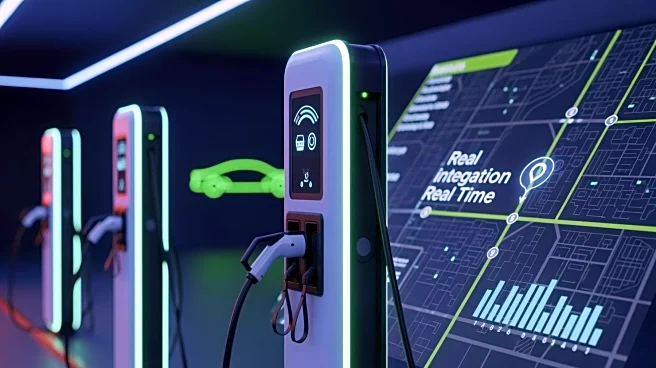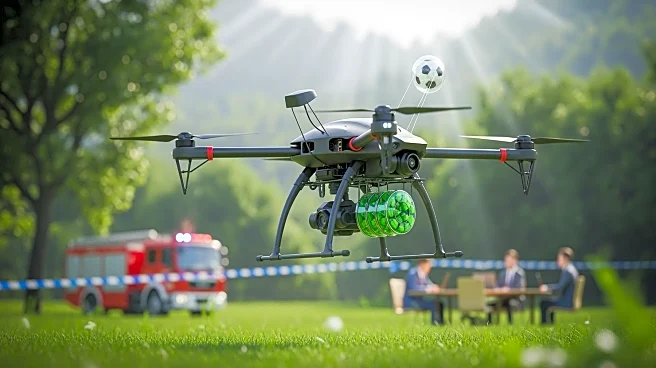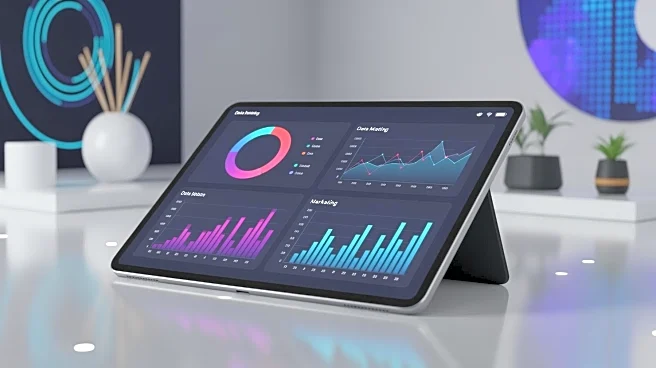What's Happening?
The rise of food delivery services has significantly altered the American restaurant industry, shifting the focus from in-house dining experiences to delivery-centric operations. This transformation began
in the early 2000s with the advent of companies like Grubhub and DoorDash, which provided a modern solution to the demand for convenience. The COVID-19 pandemic further accelerated this trend, as many restaurants, facing financial strain, turned to delivery services to sustain operations. As a result, a substantial portion of restaurant orders are now consumed outside the traditional dining setting, with delivery becoming an essential part of many Americans' lifestyles.
Why It's Important?
The shift towards delivery services has profound implications for the restaurant industry and its stakeholders. While delivery offers convenience to consumers, it imposes financial burdens on restaurants due to high commission fees charged by delivery platforms. This has led to changes in restaurant operations, with many establishments modifying their spaces and menus to accommodate delivery demands. The trend also raises concerns about the sustainability of traditional dining experiences and the potential loss of culinary innovation. As delivery becomes more entrenched, restaurants may face challenges in maintaining profitability and preserving the essence of dining culture.
What's Next?
The continued growth of delivery services suggests that restaurants will need to adapt further to remain competitive. This may involve rethinking business models, investing in technology, and exploring new ways to engage customers. Additionally, there may be increased scrutiny on the practices of delivery companies, particularly regarding their impact on restaurant profitability and worker conditions. As the industry evolves, stakeholders will need to navigate these challenges to ensure a balanced and sustainable future for both restaurants and consumers.
Beyond the Headlines
The rise of delivery services also highlights broader societal shifts towards convenience and individualism. As dining becomes more of a solitary activity, the communal aspect of eating out is diminished, potentially affecting social interactions and community ties. Furthermore, the environmental impact of increased packaging and transportation for delivery orders is a growing concern. These factors underscore the need for a holistic approach to addressing the challenges and opportunities presented by the delivery boom.
